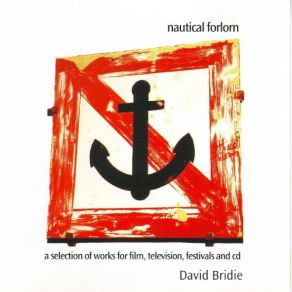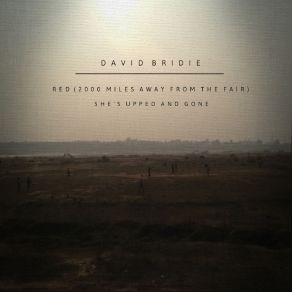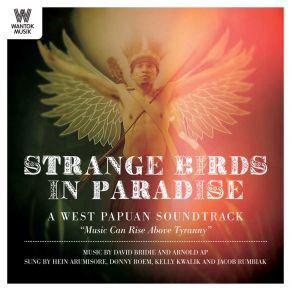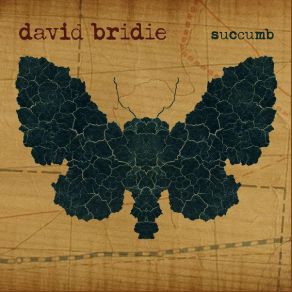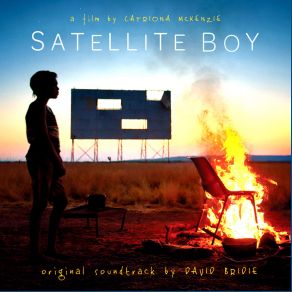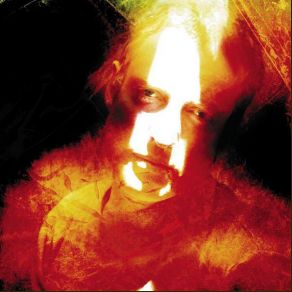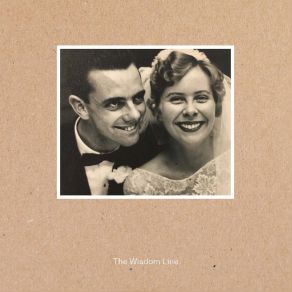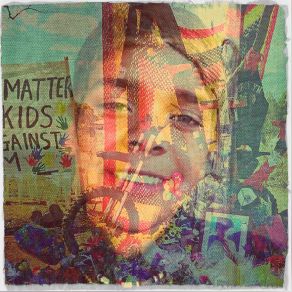David Bridie
Wikimp3 information about the music of David Bridie. On our website we have 13 albums and 3 collections of artist David Bridie. You can find useful information and download songs of this artist. We also know that David Bridie represents Songwriter/Lyricist genres.
Biography
[Edit]David Bridie is one of Australia's most innovative musicians and songwriters, balancing his career in bands and on record with the composition of soundtrack music. His career began in 1983 when the classically trained Bridie began working with guitarist John Phillips. Bridie was working on a song called "Moving Around" and invited Phillips to experiment on it with him prior to recording the results at Melbourne's LaTrobe University music department's studio with a borrowed 808 drum machine and a bass player. The completed "Moving Around" was an epic seven-and-a-half minutes long.
Bridie and Phillips spent the rest of the session recording a series of atmospheric instrumentals. Some other friends came in to add extra touches. Many of these instrumentals were never released, but they sparked the duo's enthusiasm for the sort of free-form ambient soundscapes that would become the basis of their sound as the group Not Drowning Waving and lay the seeds for their interest in film music. The group name was a variation on Stephen Smith's poem "Drowning Not Waving."
"Moving Around" was released in April 1984 on the just set-up indie label Rampant Records with two of the instrumentals on the B side. For the album sessions which followed, the recording studio Rampant Records supplied turned out to be the label owner's spare room and kitchen, fitted with his eight track recorder. Sometimes waiting for the neighbor's dog to stop barking, Bridie and Phillips and friends recorded the album Another Pond, moving to a more professional environment for the mixdown — John Phillips' lounge room. The results saw them compared to experimental/ambient pioneers Brian Eno and Durutti Column. NDW performances were noted for their emphasis on light projections rather than spotlights on band members.
For Not Drowning Waving's second album, The Little Desert, an expanded band found a large old empty church hall and brought the recording equipment in for a series of days and late nights of live recordings. By this time, John Phillips and David Bridie had begun their film music scoring careers, when they were contacted by filmmaker Mark Worth, who was making a documentary film, Canoe Man, about canoe makers from Manus Island off the Papua New Guinea coast. They began looking into Papua New Guinea music and culture for the project, and this inevitably spilled over onto the music of Not Drowning Waving. The band's next release was the six-track EP Sing Sing (pidgin English for "song" or "performing music"). The EP was recorded in a "proper" studio, set in bushland on the side of a hill on the outskirts of Melbourne.
The taste for unusual recording sessions continued, however. The band recorded its next album, 1987's Cold and the Crackle, in the Great Hall at Monsalvat, an artist's village built by its founders on the outskirts of Melbourne in the 1930s. By now, Not Drowning Waving had expanded into an 11-piece ensemble, but for Claim, a shift to more orthodox song structures, the band had basically returned to the "core" lineup, with one exception. Penny Hewson, of the band Sea Stories was featured on Claim and became part of the new Not Drowning Waving touring party, playing anything the other members couldn't.
After the Claim tour, David Bridie and bandmember James Southall set off on holiday to Papua New Guinea, made contact with various artists and musicians there, and laid plans to record the next NDW album in PNG. Local superstar George Telek co-wrote and sang on a couple of the tracks on Tavaran, which became Not Drowning Waving's first mainstream label international release, through Warner Bothers. A tour featuring a handful of PNG artists, augmenting NDW's lineup to ten again, visited both countries. In 1990, classically trained cellist Helen Mountford had joined the core band. Following the PNG tour, Bridie, Mountford, and Russell Bradley formed the string instrument-oriented offshoot My Friend the Chocolate, while NDW concentrated on providing the soundtracks for the movies Proof, Hammers Over Anvil, and Richard Lowenstein's Say a Little Prayer.
1992's Circus album was a complete departure for Not Drowning Waving in every way. For the first time the group entertained the idea of enlisting an outside producer — Hugh Jones, noted for his work with Simple Minds, Echo and the Bunnymen, and others. Jones suggested a studio in the Welsh countryside. The album NDW made in their months there turned out to be the last. After touring the album for a year the band decided to fold. They couldn't agree on the next step.
Bridie and Mountford concentrated on their My Friend the Chocolate Cake project. Bridie also continued his work on film soundtracks and won an award for his music for In a Savage Land. In mid-2000, Bridie released his first solo album, Act of Free Choice, on three tracks collaborating again with NDW's John Phillips, who lives in Europe and sent his contributions via the Internet. The brave new world of computer technology has returned Bridie to the kind of experimental music the earlier Not Drowning Waving had been noted for. Only now, so much more is possible. Weaving around Bridie's voice and electric piano are a universe of found sounds, anything from Papua New Guinea conch shells to morse code intercepted on short wave radio, with bass and drums added over the top.
Title: Reconstructions
Artist: All India, David Bridie
Genre: Electronica, Rock, Post Rock, Punk Rock
Title: Nautical Forlorn - A Selection Of Works For Film, Television, Festival and CD
Artist: David Bridie
Genre: World Music, Folk
Title: Satellite Boy (Original Motion Picture Soundtrack)
Artist: David Bridie
Genre: Theatre/Soundtrack
Collections
Title: The Key of Sea, Vol. 2
Genre: Pop
Title: The Straits (Original Soundtrack)
Genre: Theatre/Soundtrack

